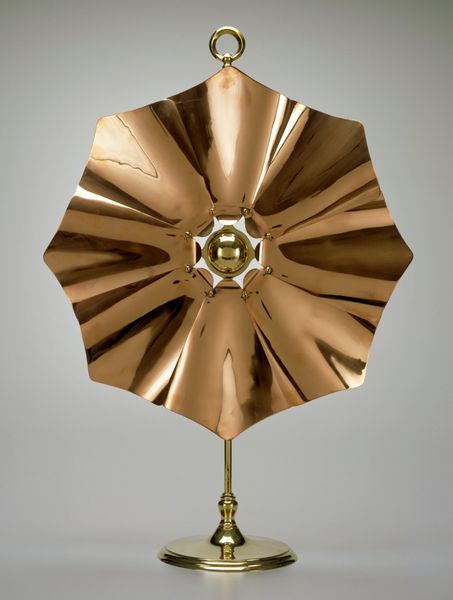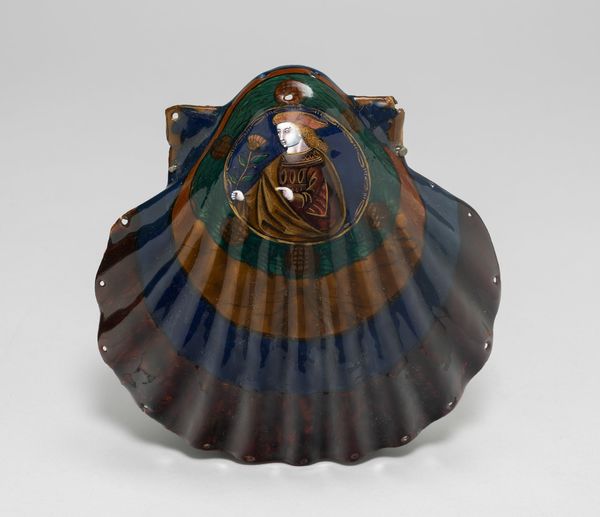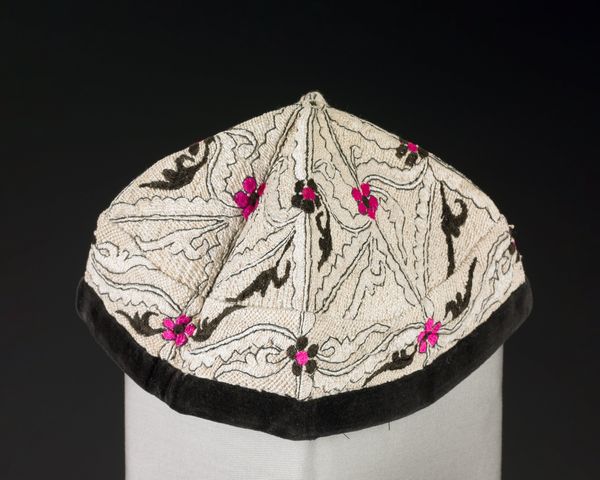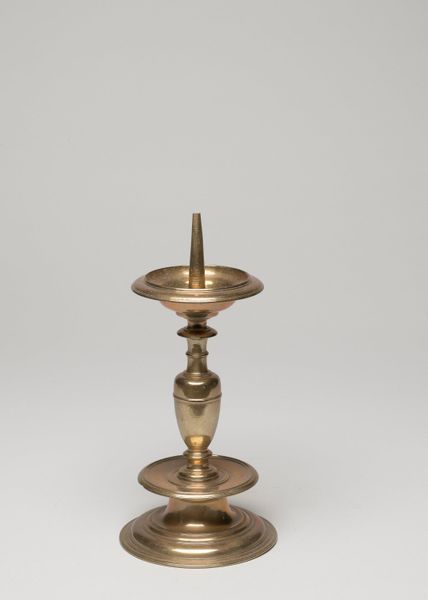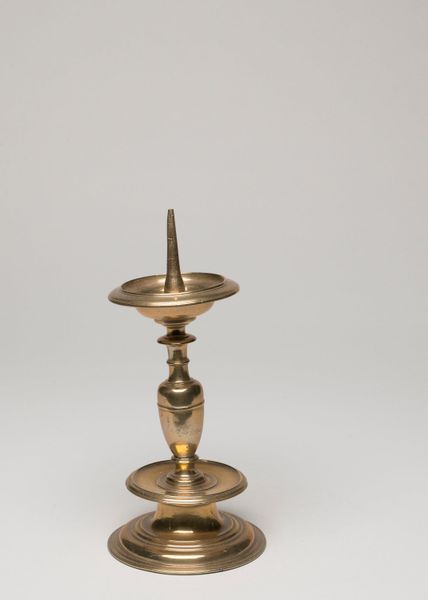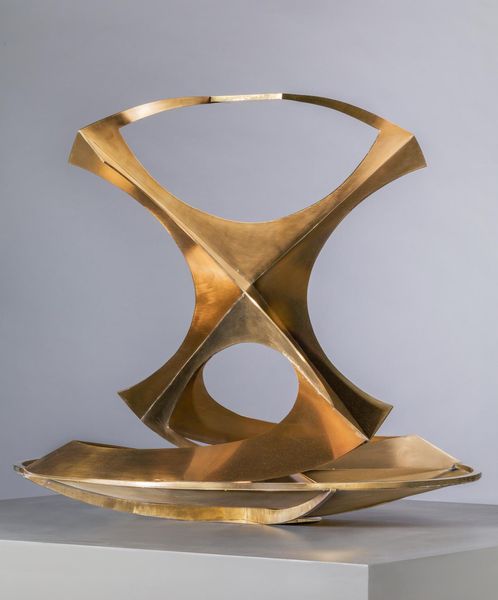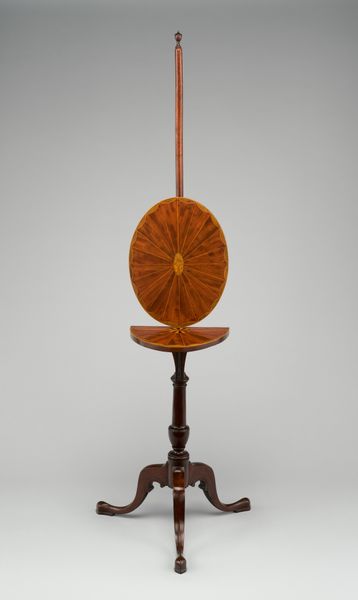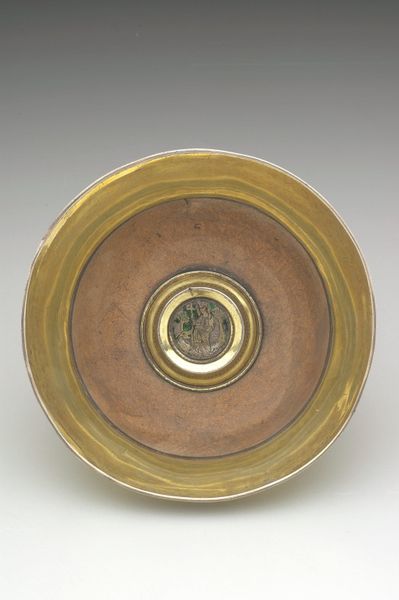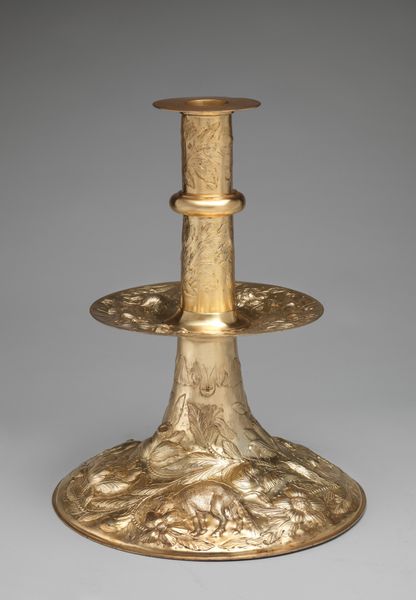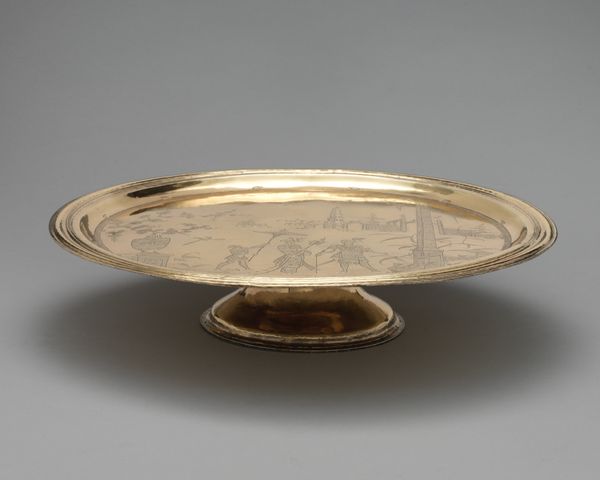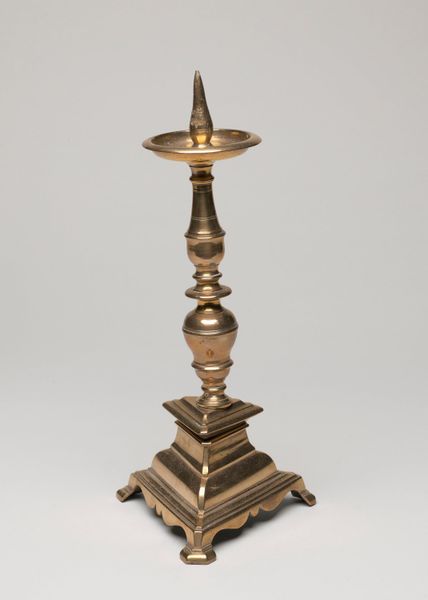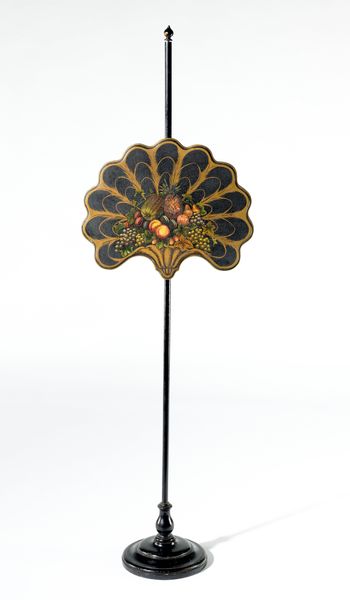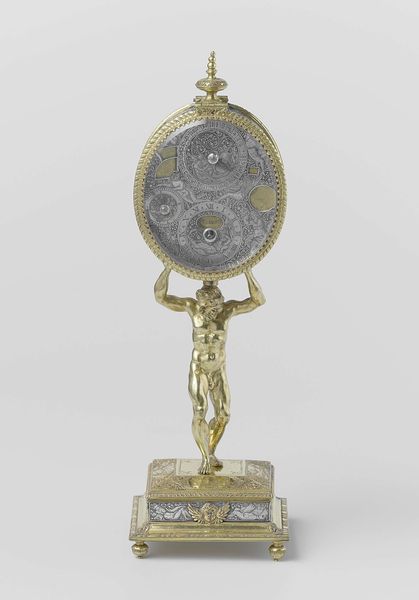
brass, metal, sculpture
#
brass
#
metal
#
arts-&-crafts-movement
#
form
#
geometric
#
england
#
sculpture
#
line
#
decorative-art
Dimensions: 75.6 × 51.4 cm (29 3/4 × 20 1/4 in.)
Copyright: Public Domain
Editor: This is William Arthur Smith Benson's "Fire Screen" from around 1900, crafted from brass and metal. The geometric form reminds me of an Art Deco sunburst. What cultural elements shaped this unique design? Curator: This fire screen embodies the principles of the British Arts and Crafts movement. Consider the social context: mass-produced, often poor-quality goods were becoming widespread. The Arts and Crafts movement arose as a direct response, advocating for handcrafted items with aesthetic value accessible to everyone. Does this object strike you as embracing that principle? Editor: Absolutely. It’s clearly hand-worked, not mass-produced. The repeating geometric shapes of the petals suggest nature while still embracing functionality. But a fire screen feels… specific. Curator: Indeed. Think about the social implications of owning such an item. A handcrafted fire screen was not just functional, it also signified a certain level of social status and cultural awareness. It reflects an interest in design reform. Would you say it speaks to democratizing beautiful objects, or upholding class distinctions? Editor: That's complex. It strives for beauty for all, yet its very existence within the home of someone who could afford heating also creates an aesthetic divide. A factory worker in 1900 would be hard pressed to enjoy such luxuries... Curator: Precisely! And how do you see the role of institutions like The Art Institute of Chicago, where this screen now resides? Does its presence here shift or solidify those distinctions? Editor: Good question. By showcasing it, a museum theoretically democratizes access to see this craft. Still, the background from where such crafts were conceived isn't widely available. Now, having looked more closely, I understand this object’s complexities much more, particularly related to art, class, and society! Curator: Exactly. Thinking critically about the journey of art objects from private homes to public institutions allows us to engage more thoughtfully with the cultural narratives they represent.
Comments
No comments
Be the first to comment and join the conversation on the ultimate creative platform.
